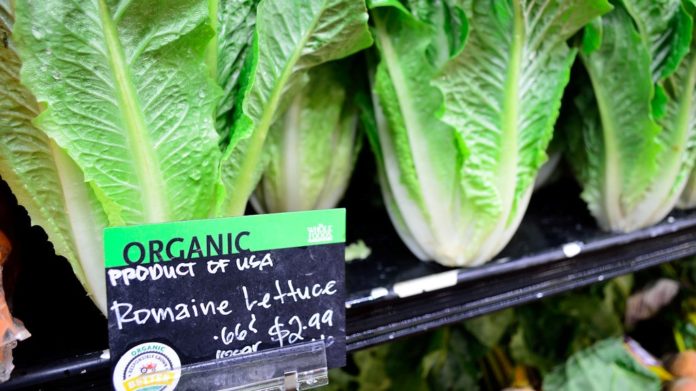Canadian families can expect an annual food cost bump upwards of $487 per household in 2020, according to a report released by the University of Guelph and Dalhousie University.
The average family of four will pay somewhere between 2-4% more for food this coming year, totalling up to around $12,667 in overall costs. This jump is the second-highest predicted rise since reporting started a decade ago, and the authors expect the actual increase will be closer to the higher end of that range. Their algorithm incorporates 2% variability as part of its national forecast.
Last year’s prediction was only $23 off the mark, a result that the authors claim validates the accuracy of their model.
For families, the rising costs come off the back of a 1.9% rise in inflation, stagnated wage growth, and food insecurity linked to 1-in-8 Canadian households (a problem that is particularly prominent in isolated regions like Nunavut).
Costs were broken down by category of food, and meat products experienced the biggest predicted rise with 4-6%. Other significant rises included dairy at 1-3%, fruits at 1.5-3.5%, seafood at 2-4%, and vegetables at 2-4%.
Climate change effects already apparent in food supply
Climate change was specified as the prime driver of these increases in the forecasted food prices. Canadian food prices have been affected in the past by extreme weather events like unexpected snowstorms and droughts which impact crop yield, according to lead researcher Simon Somogyi from the University of Guelph.
“We’re deliberately pointing out that… climate change is causing the droughts, is causing the bad snowstorms that are impacting prices,” said Somogyi to CBC news.
Bacterial outbreaks like E.coli are also cited as a growing issue related to climate change. Hotter temperatures and an increased frequency of heatwaves are driving bacterial growth, which has resulted in multiple recalls from grocers and restauranteurs with products like romaine lettuce. Other greens, in turn, experience a price hike as people turn to alternatives like spinach.
As a nation, Canada is a strong importer of food due to the extreme cold weather that limits production, particularly between November and May. Trade debacles and delays at the border can impact delivery logistics and cause prices to fluctuate.
Somogyi commented that politics south of the border play into this: “If US President Donald Trump’s election campaign focuses heavily on Mexico border protection, this may result in even more costly fruit and vegetables for Canadians.”
Big push to eat veggies but prices may be stumbling block
The 2-4% jump for vegetables is particularly harsh because this category already witnessed a 12% surge over the 12 months between September 2018 and September 2019.
Efforts to preserve food security with vegetables are not only important from an economic perspective but also from a health perspective. Health Canada’s new Food Guide is encouraging people to eat more vegetables, but this is something Canadian families will be hard-pressed to do given the rising costs.
What the government should do, according to Somogyi, is engage in a national food policy overhaul that would see investment in vertical and indoor farming. Many of the variables caused by bacterial outbreaks and adverse weather could be better controlled for in this scenario, whereas ‘business as usual’ will only see continuing rises in costs.
“If we maintain our current Canadian food distribution structure, I can see that happening each year — 4%, 10%, 15%,” warns Somogyi.
Bolstering national resilience to increasing environmental and political challenges via policy shifts could be essential if we want a more stable and independent food supply. In the meantime, Canadians can likely continue to expect food costs to increase year-over-year as the climate crisis worsens.








































